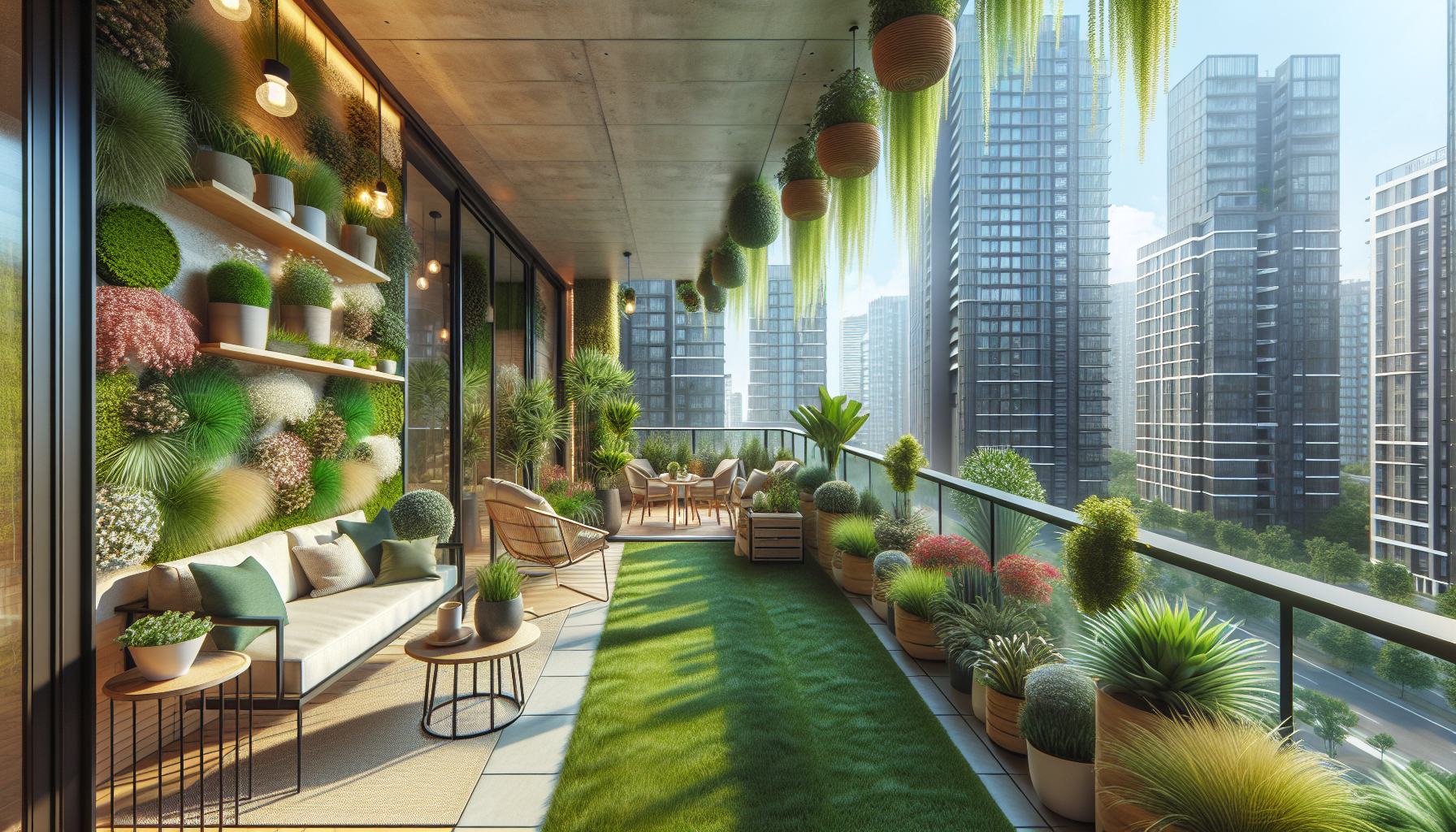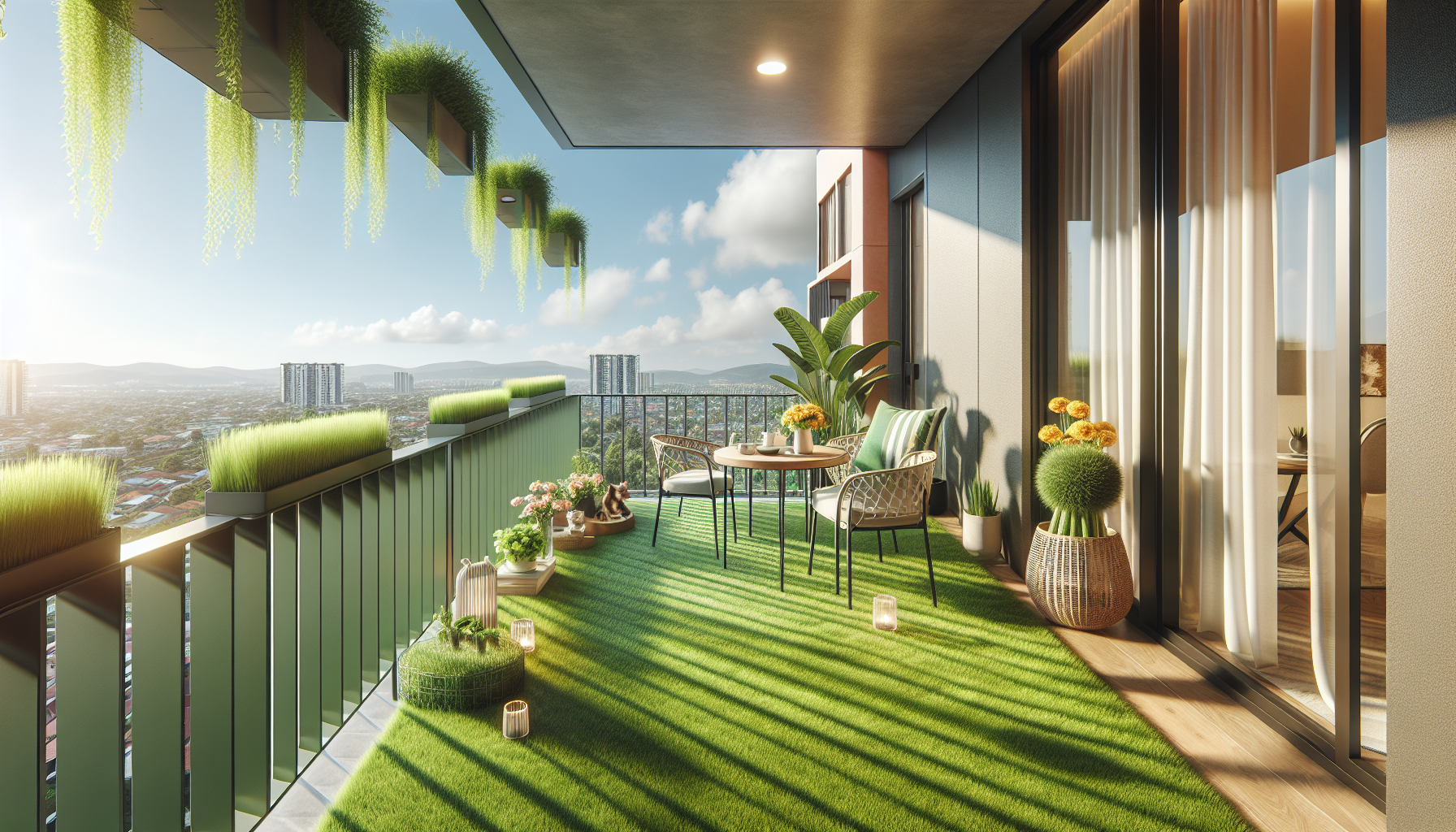
Artificial grass, also known as synthetic turf, has become increasingly popular in recent years due to its numerous benefits. It offers a low-maintenance and cost-effective alternative to natural grass, making it a preferred choice for both homeowners and businesses.
To ensure a successful installation, it is crucial to evaluate and assess the site before getting started.
Before installing artificial turf, it is essential to clear the area of any debris or vegetation.
This will create a clean surface for the installation process. Gathering the necessary tools and materials is crucial for a smooth installation. Items such as a measuring tape, shovel, and weed barrier should be on hand when installing artificial turf, laying synthetic grass.
Steps for installing artificial turf
Installing artificial turf involves several important steps to ensure a successful and long-lasting installation. First, you need to prepare the soil by removing existing vegetation and debris, leveling the area, and considering the use of a weed barrier.
Next, lay the base by applying crushed stone or sand, ensuring proper drainage, and compacting the base for stability.
Then, it’s time to install the artificial turf by rolling it out, cutting, and shaping it to fit the area, and securing the edges with landscape stakes.
Securing the seams is crucial, which involves joining multiple turf sections seamlessly using adhesive or turf seaming tape, and ensuring proper alignment and smooth transitions. Adding infill, such as crushed rubber or sand, is optional but can enhance the turf’s performance by distributing it evenly and brushing or raking it, after placing fake lawn and setting up artificial turf.

Synthetic grass installation on soil
Is a highly sought-after option for individuals who want to improve their outdoor area. With its numerous benefits, such as low maintenance and water conservation, putting in artificial turf can transform any area into a green oasis.
To ensure a successful installation, it is crucial to properly prepare the soil beforehand.
This includes testing the soil quality, removing any existing vegetation or weeds, and leveling the soil.
Additionally, laying down synthetic grass, also known as putting in artificial turf, requires the installation of a base, which can be made from crushed rock or decomposed granite. This base provides stability and support for the synthetic grass.
Before laying down synthetic grass, it is important to evaluate the soil quality. Conducting a soil test can help determine if any amendments are needed. This step involves putting in artificial turf and laying down synthetic grass.
Benefits of fake lawn over natural grass
One of the main benefits of installing fake lawn is the low maintenance required for synthetic grass. Unlike natural grass, which needs mowing, watering, and fertilizing, laying out synthetic grass eliminates the need for these time-consuming tasks.
Synthetic grass conserves water, making it an environmentally friendly option.
All-year greenery is another advantage of installing fake lawn, as synthetic grass stays lush and vibrant even during the driest seasons.
The durability of synthetic grass is also noteworthy, as it can withstand heavy foot traffic and harsh weather conditions.
One of the significant benefits of installing fake lawn is the reduction in maintenance.
With natural grass, homeowners have to spend time mowing, watering, and fertilizing their lawns. By opting for installing fake lawn or laying out synthetic grass, homeowners can enjoy the benefits of a low-maintenance and green-looking outdoor space.
Proper setup of artificial turf on soil
The first sentence is already a complete thought, so there is no need for any updates. Before installing synthetic turf, it is essential to carefully plan and prepare the soil.
This involves testing the soil for stability and drainage, as well as removing any existing vegetation and debris.
Achieving a level surface is also important in order to ensure a seamless installation.
To start, the process of installing synthetic turf begins with preparing the soil. By thoroughly testing the soil for stability and drainage, you can identify any potential issues that may affect the performance and lifespan of the artificial turf. Clearing the area of existing vegetation and installing synthetic turf, setting up fake grass provides a low-maintenance and aesthetically pleasing solution.
Supporting Facts for Installing Synthetic Turf
- Thoroughly testing the soil for stability and drainage ensures optimal performance and lifespan of the artificial turf.
- Clearing the area of existing vegetation before installation helps create a clean and even surface for the synthetic turf.
- Properly preparing the soil before installing synthetic turf is essential for achieving a seamless and aesthetically pleasing installation.
- Installing synthetic turf provides a low-maintenance solution compared to natural grass, saving time and effort in upkeep.
Key factors for artificial turf installation
Artificial turf installation is a popular choice nowadays, and for long-lasting results, it is essential to pay attention to key factors. To ensure a successful installation of artificial turf, several crucial elements must be considered.
One crucial factor to consider is properly preparing the soil.
It is necessary to assess the soil’s condition, eliminate any existing vegetation and debris, and conduct soil testing if required.
Achieving proper leveling and compaction of the soil is also vital for optimum performance. Before placing artificial turf or placing synthetic grass, the soil preparation is essential.
Another critical aspect to focus on is selecting the appropriate base material. With various types of base materials available, stability and drainage must be taken into account when making a choice.
The proper installation of the base material plays a significant role in the longevity of the artificial turf. Therefore, it is important to carefully consider the benefits and drawbacks of placing artificial turf or placing synthetic grass before making a decision.
Need for synthetic grass layer before fake lawn installation
When installing artificial grass, proper groundwork is crucial. One of the key components of this groundwork is a synthetic grass layer.
This layer plays a vital role in ensuring the stability and support of the fake lawn during the process of setting up an artificial lawn.
By using a synthetic grass layer when installing artificial grass, you can enhance the longevity of the synthetic turf and reduce the risk of uneven surfaces.
In addition to stability, the synthetic grass layer also offers several other benefits. It acts as a barrier, preventing weed growth and eliminating the need for chemical weed control.
This is achieved by using a geotextile membrane that minimizes maintenance efforts and helps maintain the integrity of the artificial lawn. The synthetic grass layer improves drainage and prevents waterlogging, especially when installing artificial grass and setting up an artificial lawn.
Facts about Synthetic Grass Layer
- The synthetic grass layer enhances the stability and support of the artificial lawn.
- By using a synthetic grass layer, the longevity of the synthetic turf is increased.
- The synthetic grass layer acts as a barrier, preventing weed growth without the need for chemical weed control.
- The synthetic grass layer improves drainage and prevents waterlogging in the artificial lawn.
Advantages of synthetic turf over real grass
Synthetic turf has gained immense popularity as an alternative to real grass due to its numerous advantages. The low maintenance requirements of synthetic turf make it a convenient choice for homeowners and businesses.
Compared to real grass, synthetic turf eliminates the need for watering, mowing, and fertilizing.
This not only saves time but also reduces costs associated with maintenance.
Synthetic turf offers enhanced durability, withstanding heavy foot traffic and extreme weather conditions. Its consistent appearance, retaining its lush green color and original texture, makes it an attractive option.
Synthetic turf is environmentally friendly, conserving water and negating the need for harmful pesticides and fertilizers
Effective artificial grass setup for longlasting results
Setting up synthetic grass properly is crucial to achieve long-lasting results with your artificial turf. When laying out artificial turf, it is crucial to prepare the soil adequately.
This involves understanding the significance of soil preparation and testing, as well as analyzing the soil for optimal growth.
By laying out artificial turf and improving soil quality, you can create a stable base that contributes to the longevity of your synthetic grass.
To achieve an effective artificial grass setup for long-lasting results, start by choosing the right base materials and compacting them properly. This will provide a solid foundation for your artificial grass. The installation process involves laying out artificial turf and setting up synthetic grass in a meticulous manner.
| Crucial Steps for Synthetic Grass Setup | Benefits of Proper Artificial Grass Installation |
|---|---|
| Prepare the soil adequately | Long-lasting results with artificial turf |
| Choose the right base materials | Provides a solid foundation for artificial grass |
| Compact the base materials properly | Ensures stability and longevity of synthetic grass |
The Foundation of a Perfect Lawn What Lies Beneath Artificial Grass
Synthetic vs Artificial Grass Understanding the Difference
